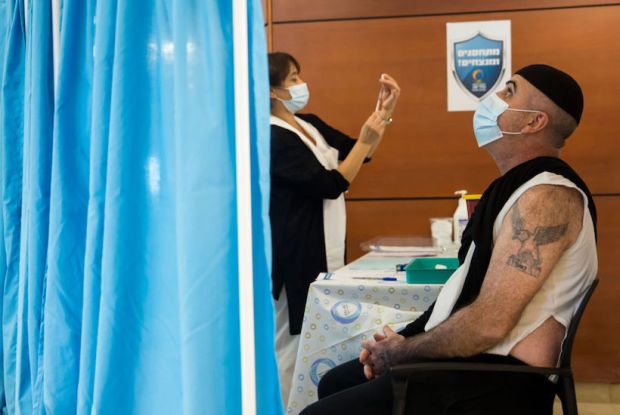In an article last month, I noted the puzzling UK official data that confirmed the efficacy of vaccines in reducing hospitalisations and deaths but with infections for 40-49 year olds, the unadjusted rate per 100,000 people was more than double for the vaccinated than the unvaccinated. The latest weekly data from the UK Health Security Agency (UKHSA), covering weeks 40–43 for 2021, confirm the pattern of double and higher rates for the vaccinated compared to the unvaccinated for those aged 40-79 (Figure 1).
As this began to register with a broader public, it created a controversy among experts and between different agencies. Cambridge
Already a subscriber? Log in
Subscribe for just $2 a week
Try a month of The Spectator Australia absolutely free and without commitment. Not only that but – if you choose to continue – you’ll pay just $2 a week for your first year.
- Unlimited access to spectator.com.au and app
- The weekly edition on the Spectator Australia app
- Spectator podcasts and newsletters
- Full access to spectator.co.uk


























Comments
Don't miss out
Join the conversation with other Spectator Australia readers. Subscribe to leave a comment.
SUBSCRIBEAlready a subscriber? Log in